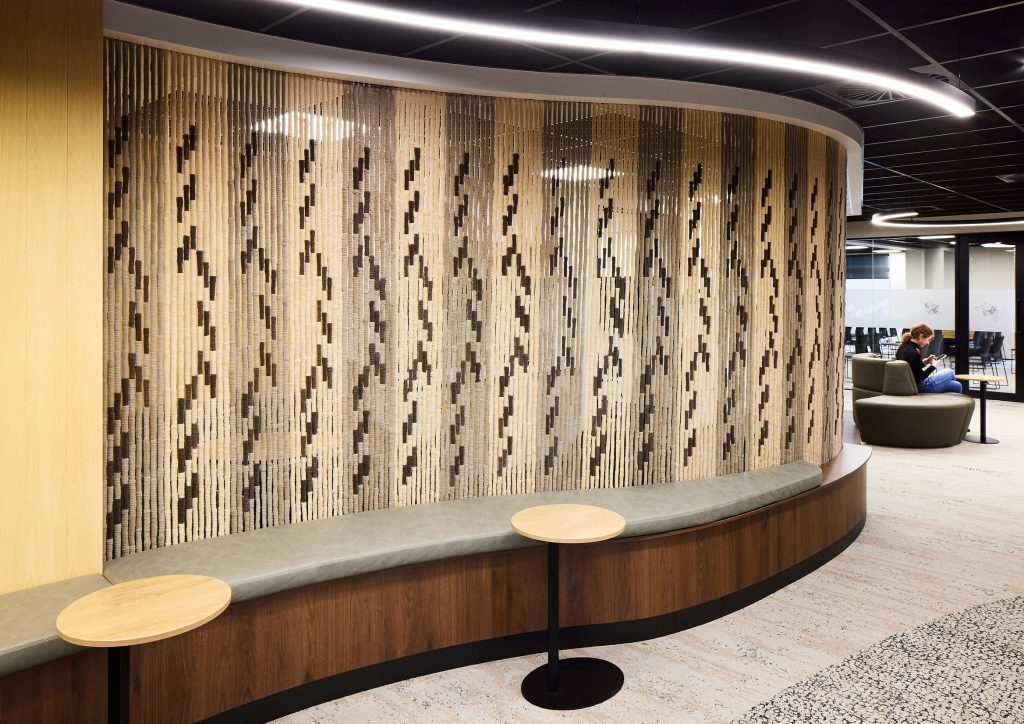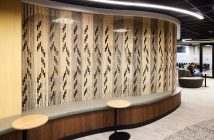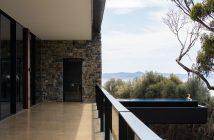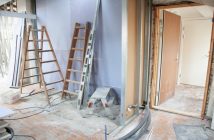Studio DB’s work for Ngāti Hine Health Trust has received a coveted Bronze Pin at the 2023 Designers Institute of New Zealand Best Design Awards and is a finalist in the 2023 Interior Awards

The Best Design Awards is an annual showcase of excellence in graphic, spatial, product, digital and motion design along with three special awards – Value of Design, Public Good and Toitanga.
Ngāti Hine Health Trust’s work with Studio DB as a workplace strategy and design specialist began after the Torongare offices in Whangārei were identified as facing spatial inefficiencies which were limiting the trust’s ability to provide enough dedicated spaces for kaimahi (staff) to meet with whānau.
Before the collaboration with Studio DB, Ngāti Hine Health Trust kaimahi staff area and whānau support services were combined in one inefficient space that was no longer fit for purpose. The trust now has an additional 1,000m² in space, with a dedicated floor for whānau and community services, including nurse consultation rooms – a service which previously was only available via the trust’s mobile health service.
The brief to Studio DB was to create a “whānau centre” or hub on the ground floor level of the existing offices to expand the community service offering, including a vast range of whānau meeting rooms, nurse consultation rooms, and a hui space. This whānau centre needed to meet the following key objectives:
- Create a warm and inviting environment that makes whānau feel comfortable and welcome, in accordance with the trust’s vision of empowering whānau to find their voice, steady their footing, and enhance their wellbeing.
- Provide spaces for the trust’s various whānau ora services.
- Have a large hui space that is suitable for hosting events, pōwhiri, and welcoming dignitaries.
- Create a space that reflects the origins and stories of the Ngāti Hine rohe.
Studio DB’s design response was framed around the idea of the environment and its association with health and wellbeing: “Te toto o te tangata he kai, te oranga o te tangata, he whenua, he oneone.” (While food provides the blood in our veins, our health is drawn from the land and soil.)
As tangata whenua, people of the land, Māori have a strong connection to the whenua and the natural environment, and this is integral to the wellbeing of Māori. Studio DB sought to create a space for the trust and its service provision which reflected this connection and resonated with and was unique to Ngāti Hine.
This was achieved in the design by taking inspiration from the natural surroundings of the Ngati Hine rohe, including the maunga, the ngahere, and the Taumarere awa. Various elements of the centre, such as the colours, materials, form, and art, were chosen to reflect the connection between the environment and the people of Ngati Hine. Curved walls, screens, and flooring patterns were used to soften rooms and emulate the natural flows of the Taumarere awa, creating a welcoming and soothing atmosphere.
The whānau centre incorporates various commissioned art pieces which were created by local Māori artists through a collaborative process with kaumatua and the interior designer. Each artwork is derived from the idea of the natural environment and origins of Ngāti Hine.
The team focused on aligning the colours and patterns of the art with the interior design to create a cohesive aesthetic that seamlessly blends culture, art, and interior architecture. Repetition or echoes of patterns can be seen throughout the centre; the kaokao (chevron) pattern used in many of the artworks is also present in the Autex ceiling design of the large hui space, the carpet design, and the herringbone timber flooring.
Materials were customised wherever possible, such as:
- Autex ceiling in the large hui space to align with the kaokao pattern.
- Autex Felt and Vertiface by the artist who created the curved screen artwork, showcasing a unique use of the product.
- Bespoke Autex panels in whānau hui rooms.
The art pieces in the space mostly feature modern interpretations or representations of traditional values and ideas, bringing a fresh aspect to the centre while incorporating familiar elements that whānau can relate to. A crucial element in the success of the project was the collaboration with Māori artists.
Te Hemo Ata Henare and Lorraine King, both tutors for NorthTec’s Maunga Kura Toi – Bachelor of Māori Art, led and participated in this team of artists who have a deep understanding of the Ngāti Hine rohe and its people. Both were involved in the design process to ensure that the cultural narrative was not an afterthought but an integral part of the design from the outset.
One of the first impressions of the new space from kaimahi was that they felt at ease in the rohe and could feel and see the collaboration and wairua (spirit or heart) that went into creating it. From the artwork created by former and current NorthTec students to the dedicated space for staff to help ground themselves, the feedback is that the fundamental thought and values that informed the project have created powerful shifts in the new space.






